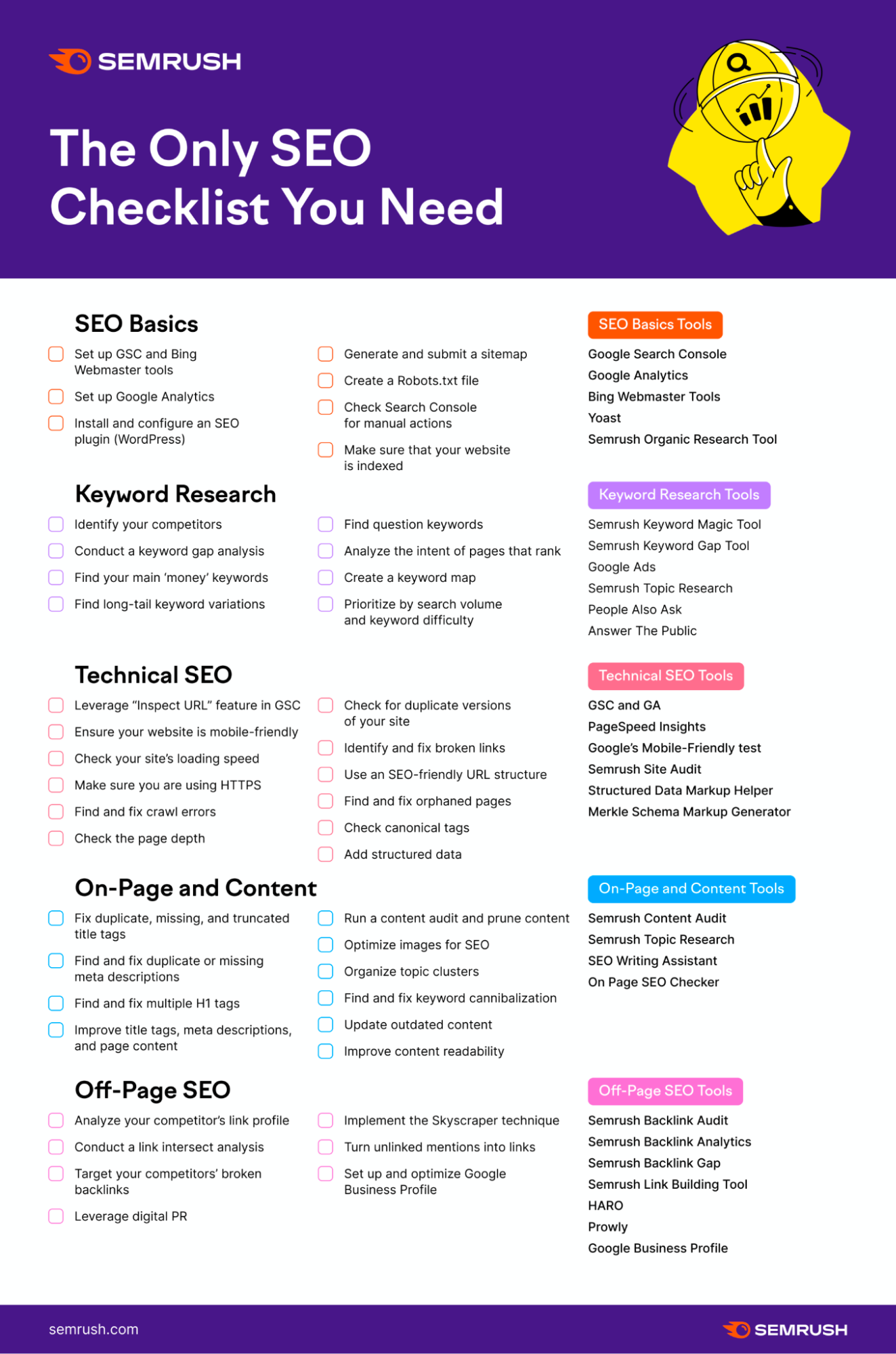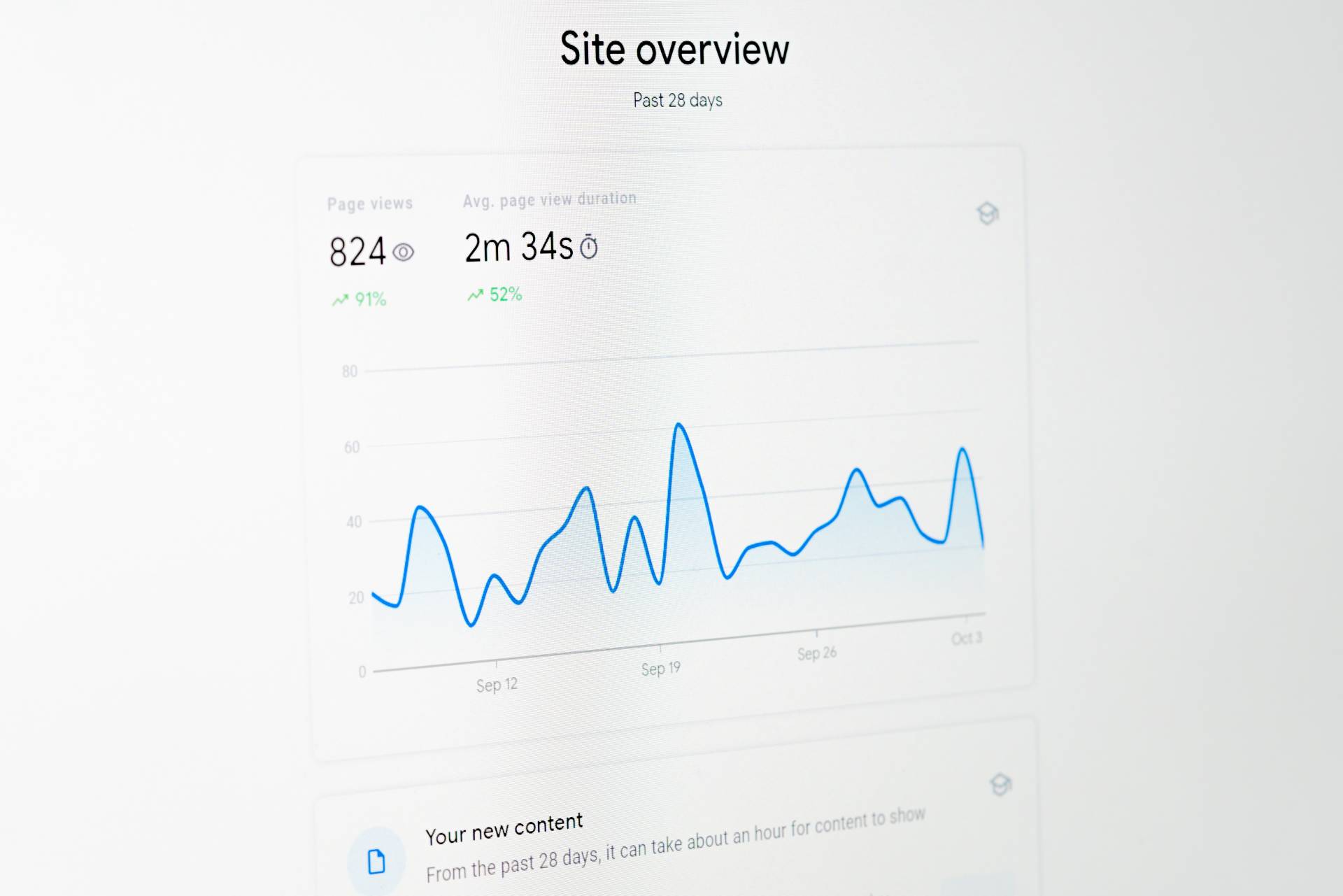When you work hard on excellent content, you want to get the most out of it. But an SEO strategy without technical SEO is like a beautiful car without a functioning engine. It might look great, but it won’t get you where you want to go.
Technical SEO is one of the four types of SEO and it’s indispensable to your content marketing strategy. What does it involve and why is it so important? Let’s get technical.
What is technical SEO?
Technical SEO is the process of optimizing your website’s technical infrastructure to improve its visibility and appearance in search engine results. The human side of SEO is crucial to your marketing efforts, but in today’s digital world, you can nail high-quality content and still lose by ignoring the technical side.
Why is technical SEO important?
Simply put, technical SEO is important because SEO is important. Ranking higher in search results can drive more potential customers to your website and increase conversion rates.
We’ve said it before – at its core, SEO is all about user experience. When it comes to technical SEO, this is still true, but we have to broaden our definition of “user” a bit.
Optimizing the technical side of your website can impact regular ol’ human users as much as on-page SEO. Picture this: You’re on a new site, and it is impossible to navigate. You’re just looking for that one page. It should be easy to find, and the fact that it’s not… well frankly, it is frustrating.
Even if you eventually find it, you’re unlikely to use that site again or trust the brand at all. That’s why straightforward website design is so important.
For technical SEO, there’s another “user” to consider: search engines. Your website’s pages must be easy for search engine spiders to crawl and index. And robots don’t do well with nuance. For this reason, a clear design is doubly important.
How is technical SEO done?
The most effective technical SEO techniques focus on one of four goals for your website:
- Improving usability. Optimizing the technical infrastructure of your site makes it easier for users to navigate. And (louder for the folks in the back) a better user experience can improve your site’s SERP ranking.
- Increasing speed. You can have the most insightful content in the world… but if it takes 90 seconds to load, very few users will ever see it. Nobody has time for that.
- Ensuring accessibility. If search engine crawlers can’t find and index your website’s pages, you’re missing a huge opportunity.
- Improving mobile-friendliness. Since 2017, more than half of all traffic on the internet is mobile. We’re not saying every website should be designed mobile-first, but mobile experience should be a tip-top priority regardless of your audience.
To get started evaluating and improving your own technical SEO, a checklist is your best friend. Most of the big players are doing this right – we like this checklist from SEMRush.

What are some examples of technical SEO?
The field of technical SEO spans deep and wide. Large enterprises can hire a full-time marketer focused on technical SEO. But if you’re not there yet, here are a few technical SEO factors that are often low-hanging fruit.
1. Website speed optimization
Run your website through Google’s PageSpeed Insights tool to get an idea of where your site excels and where opportunities lie.
2. XML sitemaps
To display your content on the SERP, search engines need to know where your most important content is. A sitemap tells them explicitly instead of leaving them guessing. You can create a sitemap manually, but many content management systems (ex. WordPress, Webflow) automatically create one for you. Submit your sitemap using Google Search Console.
3. Canonicalization
If you have a large amount of content on your site, you might have more than one page targeting the same keyword and intent. This is called keyword cannibalization, and it affects your content’s ability to rank. To correct this issue, you can merge or redirect one of the pages. You can also mark the more important page as the canonical URL to let search engines know it’s the preferred content to rank.
4. Structure and navigation
An SEO-friendly URL structure makes it easy for search engines to crawl your pages. Keep your URLs descriptive and short.
- Example of a non-SEO-friendly URL: https://www.icecream.com/category.php?id=421
- Example of an SEO-friendly URL: https://www.icecream.com/recipes/homemade-ice-cream
5. Broken links
Nothing screams “poor user experience” like broken links on your website. Even the most reliable external links occasionally move around or break for some unexpected reason. You should do regular broken link audits on your website (we recommend at least quarterly).
Run your SEO plan like a well-oiled machine
There are a variety of free or inexpensive technical SEO tools that help in each of the above areas. A simple Google search can get you started. If you’d prefer to keep everything in one place, check out more comprehensive tools like SEMRush or Moz.
Technical SEO isn’t rocket science, but it must be part of your SEO-powered content strategy to get the most value from your digital content. Once the backend of your website is optimized, your SEO car will be ready to hit the road.





